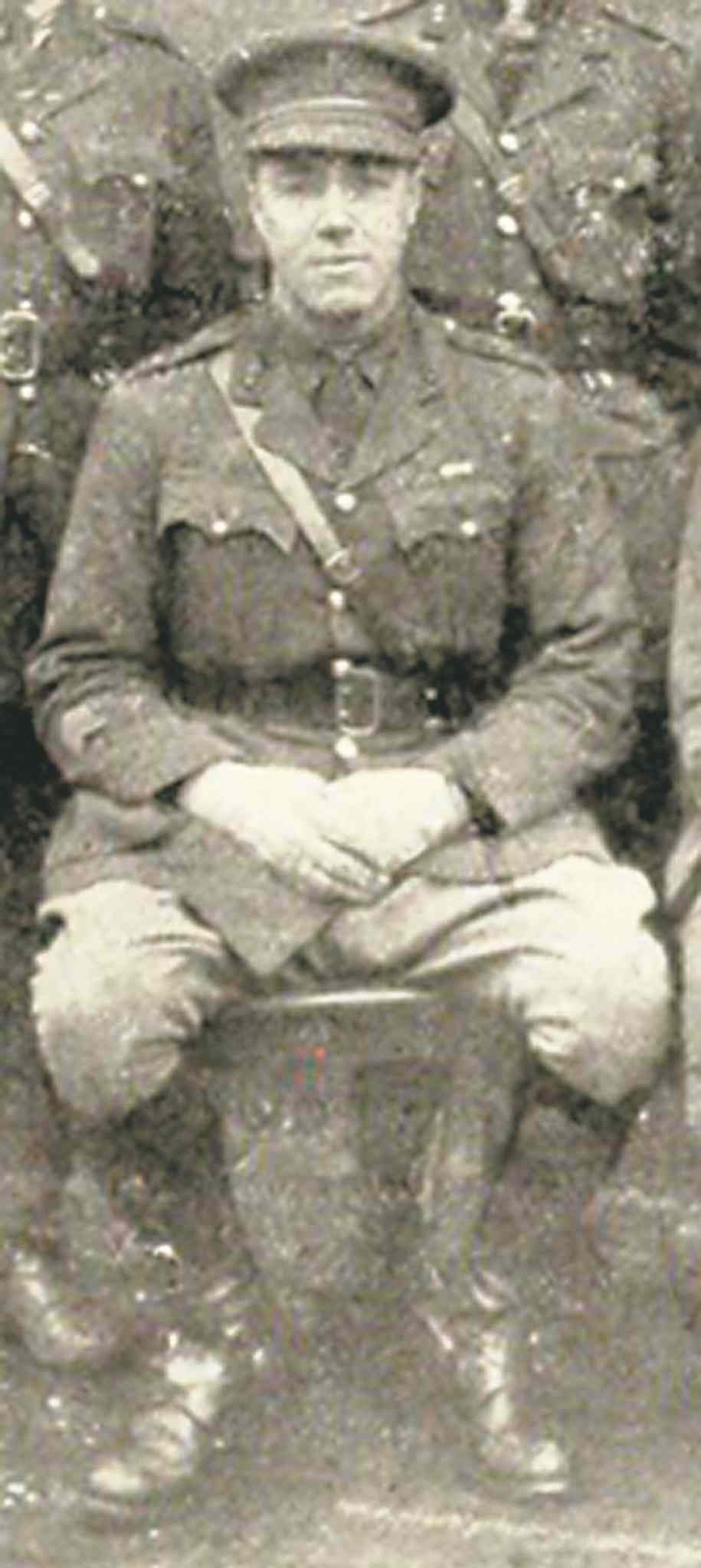Soldier’s long, lonely duty
Blog of the Week: West End Dumplings
Advertisement
Read this article for free:
or
Already have an account? Log in here »
To continue reading, please subscribe:
Monthly Digital Subscription
$0 for the first 4 weeks*
- Enjoy unlimited reading on winnipegfreepress.com
- Read the E-Edition, our digital replica newspaper
- Access News Break, our award-winning app
- Play interactive puzzles
*No charge for 4 weeks then price increases to the regular rate of $19.95 plus GST every four weeks. Offer available to new and qualified returning subscribers only. Cancel any time.
Monthly Digital Subscription
$4.99/week*
- Enjoy unlimited reading on winnipegfreepress.com
- Read the E-Edition, our digital replica newspaper
- Access News Break, our award-winning app
- Play interactive puzzles
*Billed as $19.95 plus GST every four weeks. Cancel any time.
To continue reading, please subscribe:
Add Free Press access to your Brandon Sun subscription for only an additional
$1 for the first 4 weeks*
*Your next subscription payment will increase by $1.00 and you will be charged $16.99 plus GST for four weeks. After four weeks, your payment will increase to $23.99 plus GST every four weeks.
Read unlimited articles for free today:
or
Already have an account? Log in here »
Hey there, time traveller!
This article was published 08/12/2013 (4412 days ago), so information in it may no longer be current.
If you find yourself at Portage and Main, be sure to give the soldier there a salute. He’s been standing vigil for 90 years. The nine-foot-tall bronze statue has no name. It is simply known as the First World War Soldier or the Bank of Montreal memorial. It was unveiled by the Bank of Montreal on Dec. 5, 1923 to commemorate the 230 bank employees — nine of them from Winnipeg — who were killed in action during the First World War.
In all, 1,409 employees of the bank served, and 230 never returned. In Winnipeg, 53 answered the call and nine were killed.
The bank held an international competition for the creation of two memorials — one for its Montreal headquarters, the other for Winnipeg. Some histories say the statue was originally envisioned for Montreal until the artist saw the interior of that bank and designed Victory in white marble to contrast its dark columns.

The spot chosen for the memorial was in front of the bank’s imposing Winnipeg headquarters at Portage and Main. To prepare the space, the stairs and sidewalk needed to be rebuilt and Winnipeg’s temporary cenotaph was removed.
Erected in 1920 by the Women’s Canadian Club, the temporary cenotaph was modelled after the one unveiled in London earlier that year. The bank agreed to provide the space and raise and lower the flag each day, while the WCC looked after the flowers and overall care.
It was only meant to last a couple of years until the city’s permanent cenotaph was built. That project, however, got mired in controversy and delays, so the First World War soldier ended up standing in as the city’s main memorial for Armistice Day 1922.
A 2001 biography of the celebrated American sculptor, James Earle Fraser, whose creation the soldier statue is, describes the statue this way: “Here is no giant warrior god on a high pedestal, but a man. He is tough, ready for the fight, his feet apart, arms held loosely by his sides ready. His helmet is just slightly at an angle, and, under its brim, his face reflects strength and determination”
The memorial was unveiled in a simple, intimate ceremony, as the bank’s management, including branch manager A. F. D. MacGachen, wanted it to be for the bank’s staff and the families of the fallen employees rather than the city as a whole. He said of the memorial: “… it typifies the heroic spirit which actuated all the soldiers of Western Canada — not merely those whose civilian service was with the Bank of Montreal.”
The soldier has missed only a couple of years of duty. In April 1977, it was removed for safekeeping while the Portage and Main Concourse was constructed.
The time capsule in the marble base was opened to reveal newspapers, coins and bank memorabilia from 1923. New material was added to the old when the box was resealed.
Sculptor James Earl Fraser won an international competition for the memorial.

Fraser created some very celebrated U.S. sculptures, including The End of the Trail for the San Fransisco Exposition of 1915, the figures at the north and south base of the U.S. Supreme Court, General Patton at West Point and the Benjamin Franklin statue at his National Memorial in Philadelphia.
The model for the statue was Capt. Wynn Bagnall, a Bank of Montreal employee likely from the bank’s main branch in Montreal, (definitely not from a Winnipeg branch).
Bagnall was born Feb. 10, 1890 in Northumberland, England and enlisted as a gunner in the 6th Battery, Canadian Field Artillery at Valcartier, Quebec on Sept. 22, 1914.
According to a 1921 Bank of Montreal biography, he went to France in 1915 then, “In January, 1916, he was given his commission as lieutenant in the 23rd Battery, C.F.A., and was later attached to the 5th Battery. During 1917, he acted as orderly officer and adjutant in the 2nd Brigade, C.F.A. In March, 1918, he was promoted to captain and transferred to the 58th Battery, C.F.A. In October, 1918, he was awarded the Military Cross for conspicuous bravery in action.”
Bagnall survived the war and returned to work for the bank briefly. It appears after a return visit to England, he then immigrated to the U.S. in 1922. He died on March 12, 1931 and is buried in Cypress Hills National Cemetery in New York.

Our newsroom depends on a growing audience of readers to power our journalism. If you are not a paid reader, please consider becoming a subscriber.
Our newsroom depends on its audience of readers to power our journalism. Thank you for your support.

